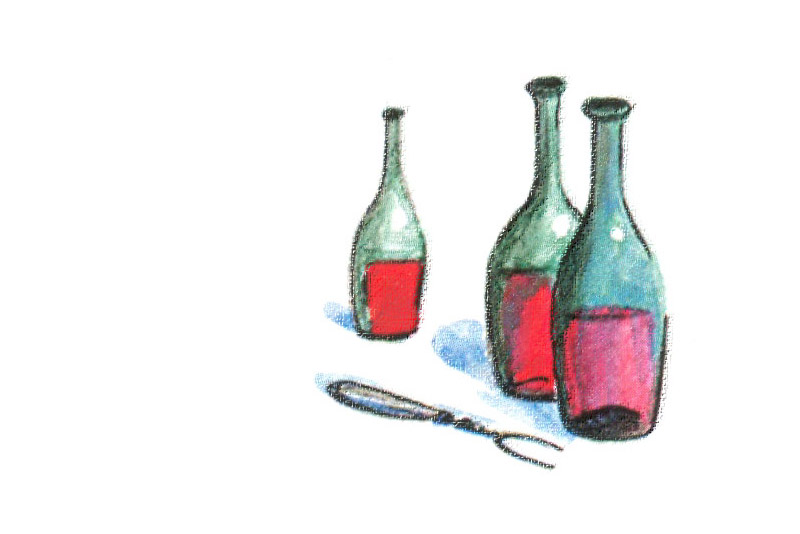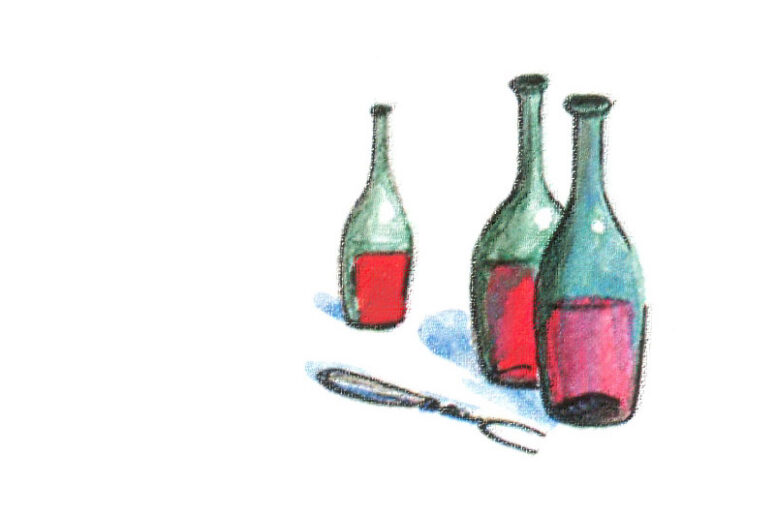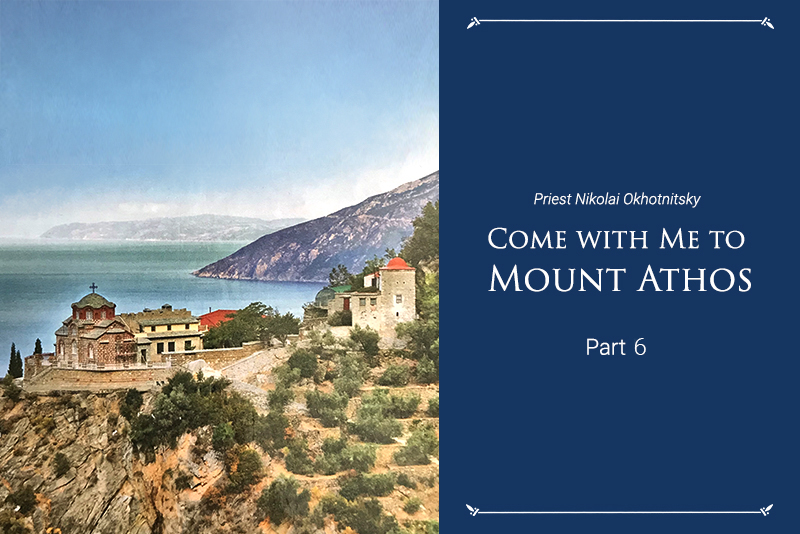From the archives
Science and education the way we know them did not appear until the 17th and 18th century. Until then, the centres of knowledge, education and culture – in Western Europe and Russia alike – were the monasteries. Unexpectedly, the people who left the secular world gave it multiple inventions that have continued to play prominent roles in people’s lives to this day.
Universities
Europe’s largest universities – of Bologna, Sorbonne and Oxford, among others – were established by monasteries and almost immediately began to be supported by the Church, including with money. Even the Paris Academy of Sciences – established in the 17th century – grew out of the circle of scholars brought together by the Franciscan monk Marin Mersenne, including Descartes, Fermat and Pascal. Likewise, Russia’s first institution of higher learning, the Slavic, Greek and Latin Academy established in 1685, was conceived by two monastic brothers – Ioannikios and Sophronius Leichoudes.
The alphabet
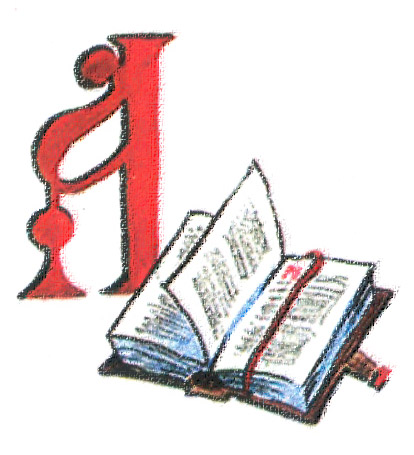
Monastics are credited with the creation of multiple written languages, a hallmark of modernity. In most cases, this was done while translating the Bible and liturgical text in the absence of a pre-existing writing system in the target language. For example, Monk Mesrop Mashtots created the modern Armenian alphabet early in the fifth century, and in the ninth century Monks, Cyril and Methodios designed a writing system for the Slavic languages.
In the 16th century, monk Stephen of Perm developed a distinct old Permic script for a people whom he had converted to Christianity.
The modern science of ethnography has its origins in the works of the missionary monks who had been sent by their churches to preach Christianity in faraway lands. The success of their mission depended on their meticulous study of the morals, lives, traditions, customs and beliefs of the local people so they could familiarise them with the teachings of Christianity in a way that they understood. They wrote multiple works and even monographs on ethnography. Orthodox monks have conducted ethnographic studies among the Chinese, Japanese, Finns, and peoples of the North, Caucasus and Alaska. Catholic monks have left ethnographic descriptions of from South and North America, and the Philippines.
Music
Singing is a prominent part of worship at the Christian churches. In Western churches, worship services are conducted to organ music. It is not surprising, therefore, that a Christian monk had designed a system for recording music. His name was Guido Aretinus, and he was a musician. He was the inventor of the modern staff notation consisting of six pitches. The ut–re–mi-fa-sol-la syllables are taken from the initial syllables of each of the first six half-lines of the first stanza of the hymn in honour of John the Baptist, the patron saint of singers. A seventh pitch was added to the staff in the 16th century; its name – si is an abbreviation from the Latin for Saint John, Sanctus Ioann.
The spectacles
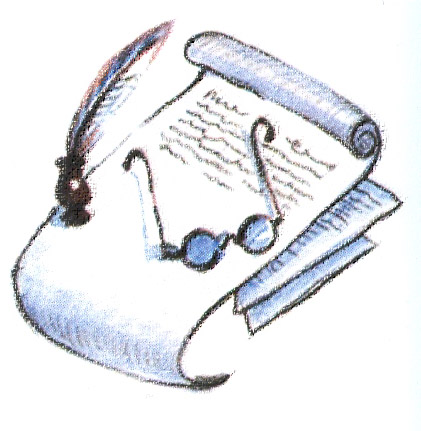
For a long time, monasteries remained the only places were books were safe kept and copied. Poor vision was a frequent problem among the rewriters of books. In the mid-13th century, monk Giordano da Pisa, the keeper of a library at a Dominican monastery, invented spectacles. For centuries, spectacles were only used for far-sightedness, as short-sightedness was relatively rare among rewriters who spent most of their time bending over books.
Double-entry accounting
Most monasteries were engaged in extensive economic activity, which necessitated the invention of double-entry accounting, in which each transaction was recorded twice, on the asset and the liability side. The system has been used since the late 15th century and is credited to the Italian monk Luca Pacioli. Today, this system is a vital part of all financial activity; it minimises the risk of error it recording because each transaction must be entered twice.
Still models
Early in the 16th century, Fra Bartolomeo, a Florentine monk and painter, invented still models of wood. At his monastery, still models were used in artwork and icon painting.
Stained glass
Antonio Neri, a Florentine monk had spent many years making stained glass windows for churches. In 1612, he published a book with detailed instructions on using oxides of lead, boron and arsenic for making stained glass, and the specific formulas for different colours. This book became the world’s first scientific document on glass-making.
Champagne
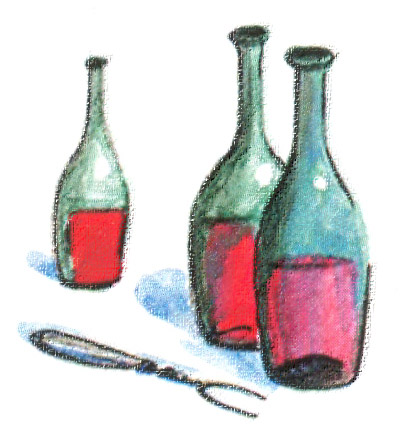
Grape wine is used in the sacrament of the Eucharist. Only a limited number of wine varieties are suitable for the purpose. Today, they are available at shops, but in the past monasteries were making their own wine. Monks were mixing different wine varieties to obtain the best mix. At the end of the 17th century, the Benedictine monk Pierre Perignon accidentally invented champaign by mixing several types of wine.
The fork
The fork, a ubiquitous piece of tableware, is an invention of the Orthodox monks of Byzantine. Solid foods used to be eaten by hand with the aid of a knife. Liquid foods were eaten with a spoon. At that time, spoons looked more like ladles and were shared among all the people at the table. The exact time of the invention of the fork is still unknown.
The clock
As before, church worship takes place at regular times, so people needed a way to know the time not to be late to Church. At the end of the tenth century, Monk Herbert put the first tower clock at Magdeburg Cathedral. The adoption of this invention in Russia is also credited to a monk. In 1404, Monk Lazar the Serb of Mount Athos invented and installed on the tower of the grand prince’s palace in Moscow a spring-driven striking clock.
Printing and warfare
Before the 18th century, Russia had almost no secular literature. Even basic reading was taught using liturgical texts. Not surprisingly, the pioneer of book printing in Russia was a monk named Ivan Fedorov. In 1564, he published Russia’s first printed book, the Apostle. Fedorov is also known as an expert in artillery weapons, and the inventor of the multibarrel mortar.
Ship salvage
In 1852, the Holy Martyr Parthenios of Kyzilstadt, a marine officer in the Crimea, invented a process for salvaging sunken cargo and vessels. A sunken ship may become a barrier to navigation. A specialist committee of the Black Sea fleet approved his invention and ordered the technology to be available in every large port.
Biotechnology
Gregor Mendel, an Austrian monk, founded engaged in the study of genetics in the quiet and prayerful seclusion of his monastery. His experimental studies completed in the small monastic garden led him to the discovery of the fundamental laws of genetics.
Growing watermelons in permafrost

Solovetsky Monastery has played a prominent role in the habitation of the Russian North. Multiple achievements are attributed to its Hegumen Philip (Kolychev), presumably assassinated by Malyuta Skiratov, the odious leader of the mass persecution campaign against the Russian elites during the reign of Ivan the Terrible.
The mid-16th century saw the beginning of unprecedented public works projects: causeways and canals were being built throughout the islands, connecting fifty lakes of the Greater Solovetsky Islands into a single network; completion of these project made possible the eventual construction of a water mill, a water supply system and mortar piers. All of these artefacts serve as outstanding monuments of old Russian technology and engineering thought. The construction processes developed by the monks of Solovetsky Monastery is still in use today. The sophisticated system of levers and blocks put in motion by a horse-driven drum mechanism can lift the heavy materials used in the construction of new buildings. The filling of the monastic cellars with Kvass was automated by putting in place sophisticated piping systems. Mechanical systems were invented to facilitate rye planting, grain and flour sifting and other routine operations. At the water mill, the monks installed a power drive to put in motion the mechanism for drying grain. They built a rock dam to isolate a nearby bay from the White Sea, and used the enclosed space as a sea farm for growing fish and sea mammals.
The monastics worked hard to expand the existing workshops ad to build new ones. They were building flotillas of fishing boats to go on fishing expeditions on the White Sea. The large crosses on the shoreline served as beacons. None of this activity, performed just 160 kilometres south of the Polar Circle disturbed any of the fragile ecosystems.
A heating system was built to use the waste energy from the wax bleaching operation in the greenhouses. As a result, the monastics could cultivate the fruit and vegetables, such as watermelon, suited for much warmer climates.
At the start of the 20th century, the monastics built a hydroelectric power station and a system of canals for the carriage of pilgrims.
This did not change its position as one of Russia’s most prominent centres of Orthodox Hesichasm. From foundation to invasion by the Bolsheviks, its spiritual traditions of monasticism never stopped. For the monastics, the inventions and technology were not ends in themselves, but only a means to save time for prayer and a spiritual life.
Illustrations by Ekaterina Gavrolova
Translated by The Catalogue of Good Deeds
Source: https://foma.ru/izobreteniya-monaxov.html

